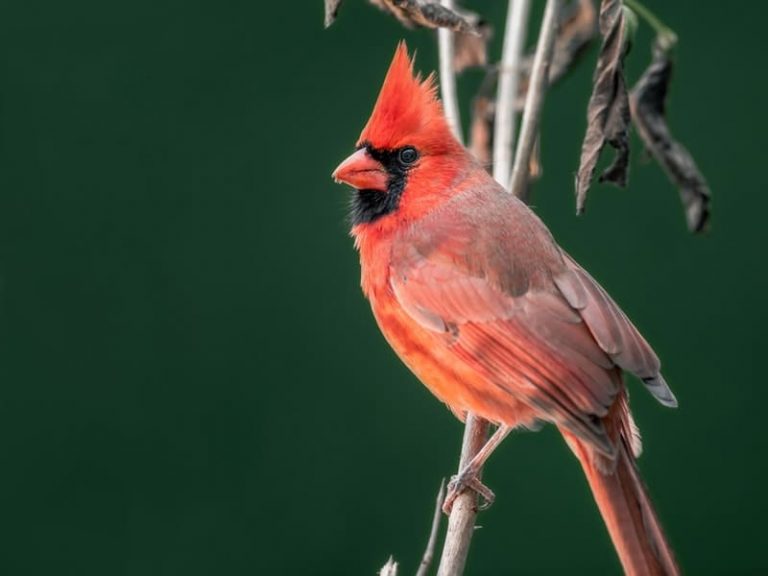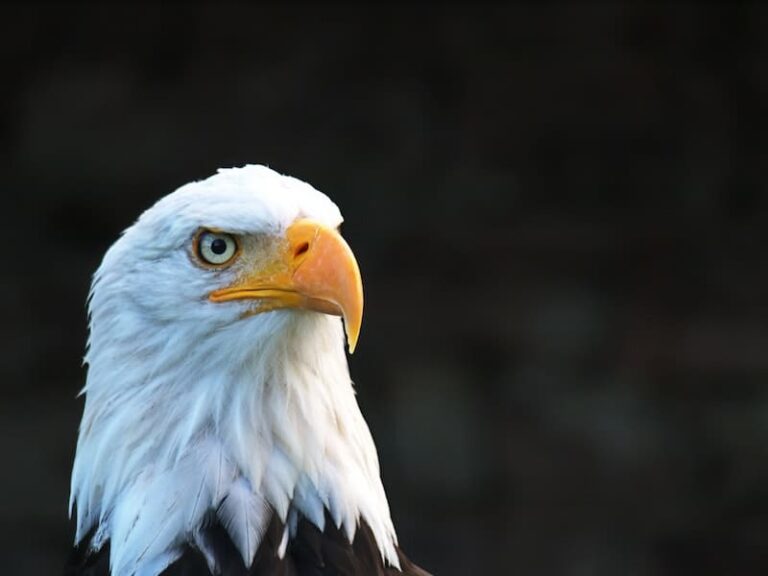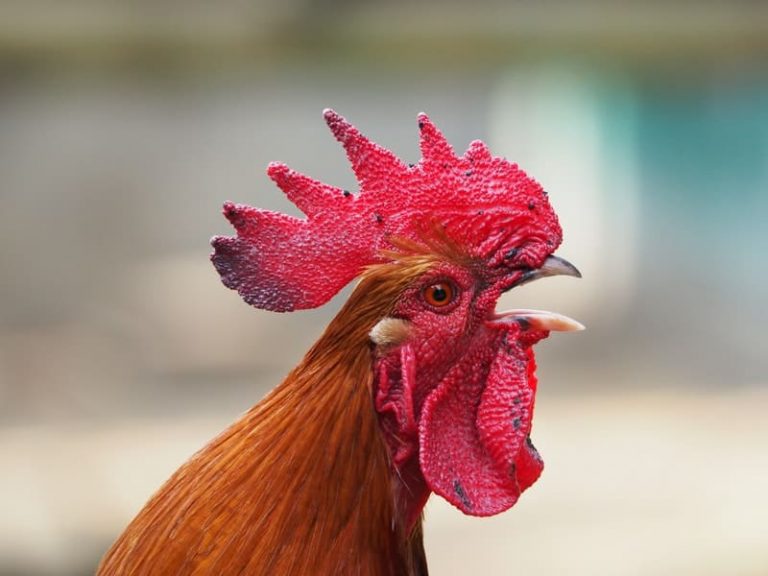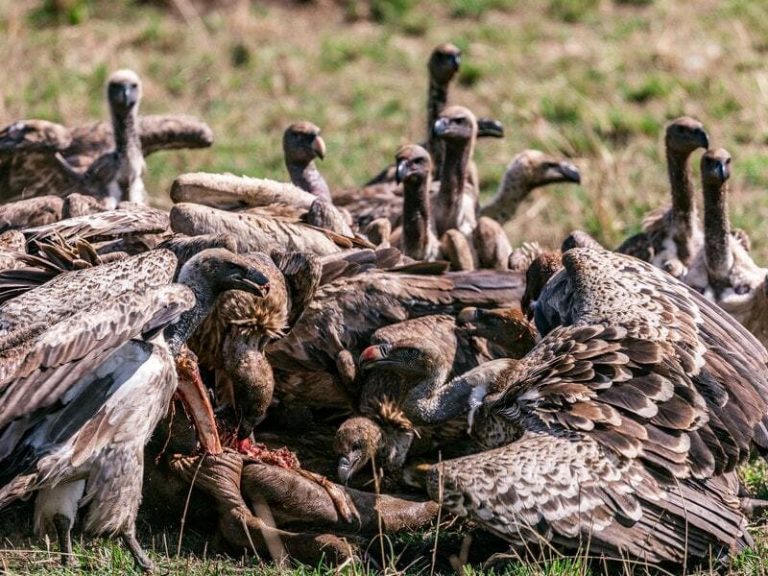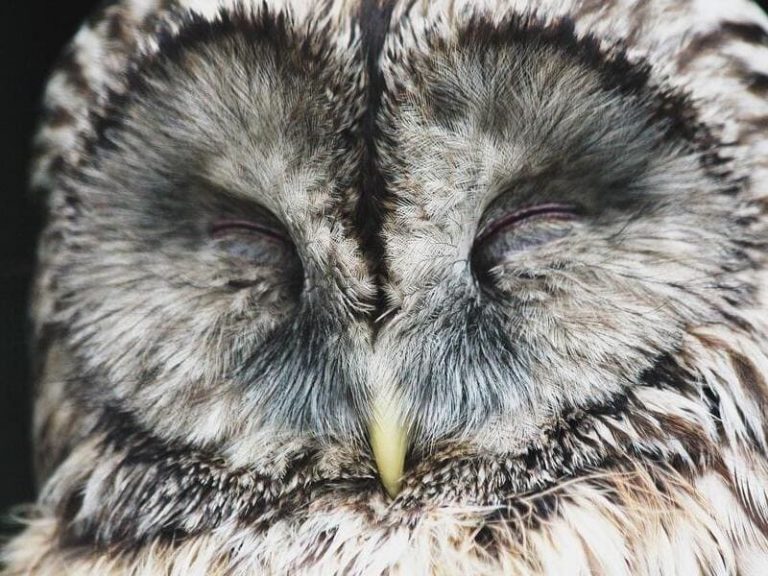Birds That Sound Like Owls But Aren’t!
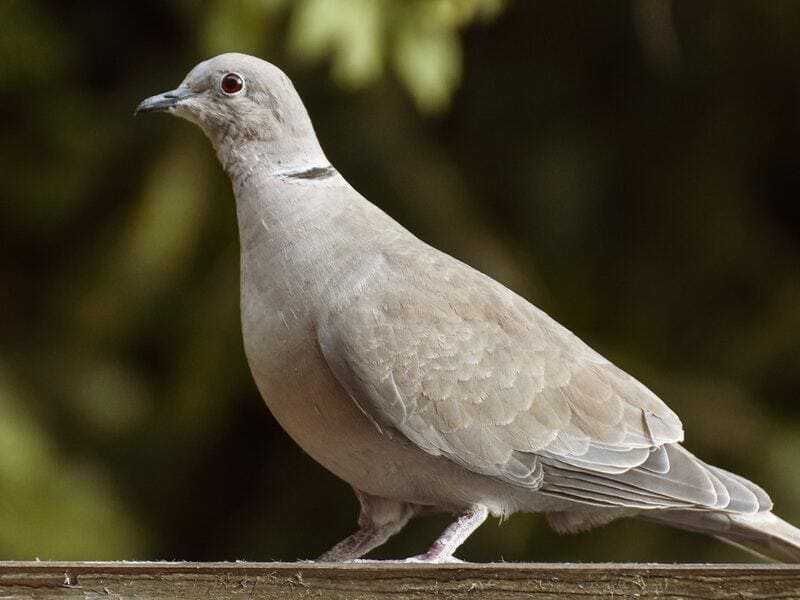
There are many different birds in the world, and each one has its own unique features and qualities. Today, we’re going to talk about a specific group of birds who are known as mimicking birds.
These birds sound like owls but aren’t actual owls! They can be found all over the world, and they are often mistaken for owls because of their similar calls or hoot-hoot. Steller’s Jay, Wilson Snipe, and Band-tailed pigeon are some important examples of birds that sound like owls.
In this blog post, we will discuss some main features, qualities, and interesting facts about these birds.
We’ll also provide some helpful tips for identifying them! Furthermore, we will answer some of the most commonly asked questions about these fascinating birds. So, keep reading to know more about these interesting creatures.
What Birds That Sound Like Owls?
There are a variety of birds that sound like owls. Some common examples include the mourning dove, the nighthawk, and the whip-poor-will.
All of these birds share a few key characteristics that contribute to their owl-like calls like the “hoo-hoo-hoo-ho-ho.” of the mourning dove, and the high-pitched “peent” sound of the nighthawk, and the long, drawn-out “whippoorwill” call of the whip-poor-will.
As a result, these birds are often mistaken for owls, despite their distinct appearance. Let’s discuss these types of birds in detail.
1. Mourning Dove
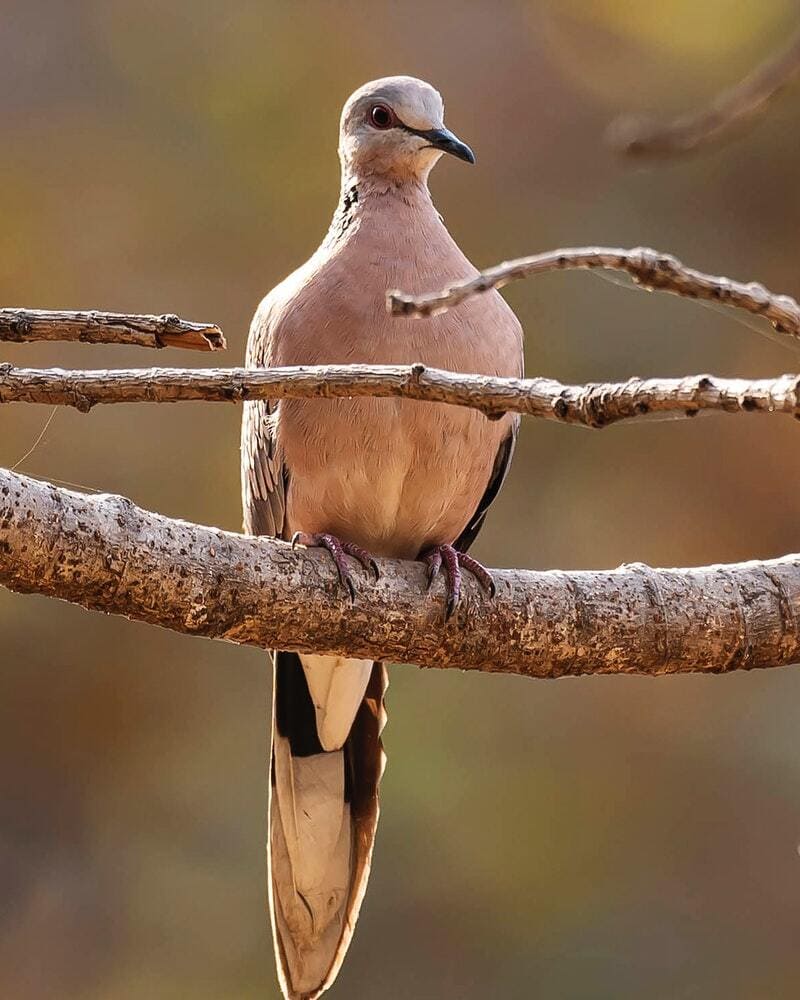
The Mourning Dove is a common bird found throughout North America. Mourning Doves are birds that sound like owls and are often mistaken for owls. They are grey and white and have a long tails. These beautiful birds are named after the sound they make, which is a mournful cooing sound.
They are known to mate for life, as they build their nests in trees. These birds eat seeds and berries and drink water. Some of them are also seen eating insects. Mourning doves are migratory and fly south for the winter. They return to their northern homes in the spring.
2. Western Nightjar
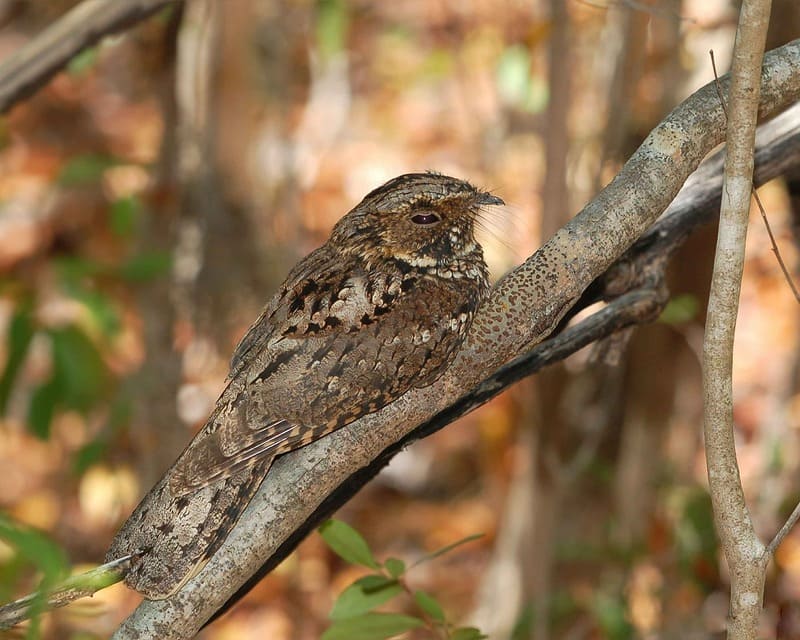
The Western Nightjar is a nocturnal bird found in the western United States. It is one of the few birds that sound like owls, and it is known for its distinctive call. It is a medium-sized bird with dark plumage, large eyes, and a long tail.
The Western Nightjar is an insectivore, and it feeds on moths, beetles, and other insects. It nests in hollow trees or rock crevices and typically lays two eggs. These birds are rarely seen in groups and they are secretive and most active at night.
3. Whip-Poor-Will
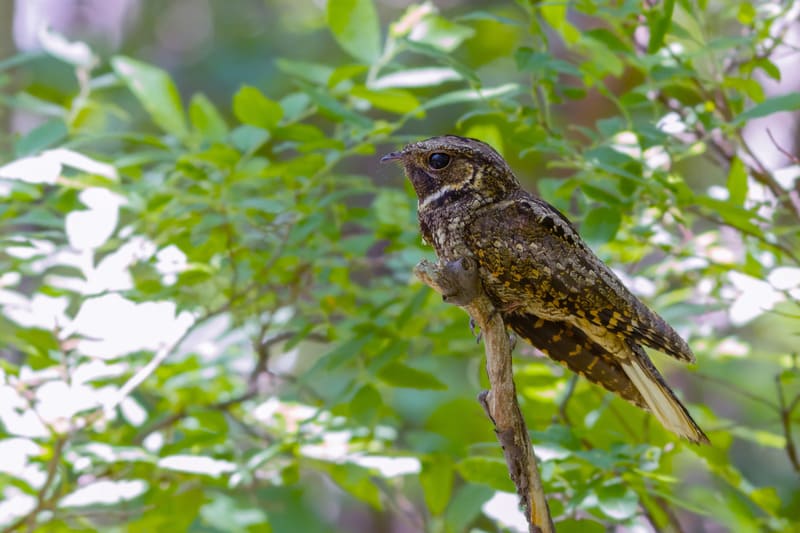
The Whip-Poor-Will is a small bird that is native to North America. It gets its name from the repetitive sound of its call, which has been likened to the sound of a whip being cracked. The Whip-Poor-Will is nocturnal, and it is the least active during the day.
The birds that sound like owls produce a distinctive sound that can help to distinguish them from other birds. In addition to their call, they also make a loud hissing noise when they are excited or alarmed. Their diet consists primarily of insects, and they use their long bills to snatch their prey out of the air.
4. Pigeons

Pigeons are birds that are often found in cities. They are known for their cooing sound, which is a low and soft “coo-roo-roo.” They also make a sound that is similar to an owl’s hooting sound. This sound is made by both male and female pigeons and is used to communicate with other birds.
Usually, pigeons use their beaks to make these sounds. The cooing sound is made by birds that are content, while the hooting sound is made by birds that are agitated or alarmed. In addition to their owl-like calls, pigeons also make other noises, including cooing, hissing, and even screeching.
While these sounds may not be particularly pleasant to human ears, they play an important role in communication among pigeons. By understanding the various sounds that pigeons make, we can gain insights into the fascinating inner lives of these birds.
5. Rock Pigeon
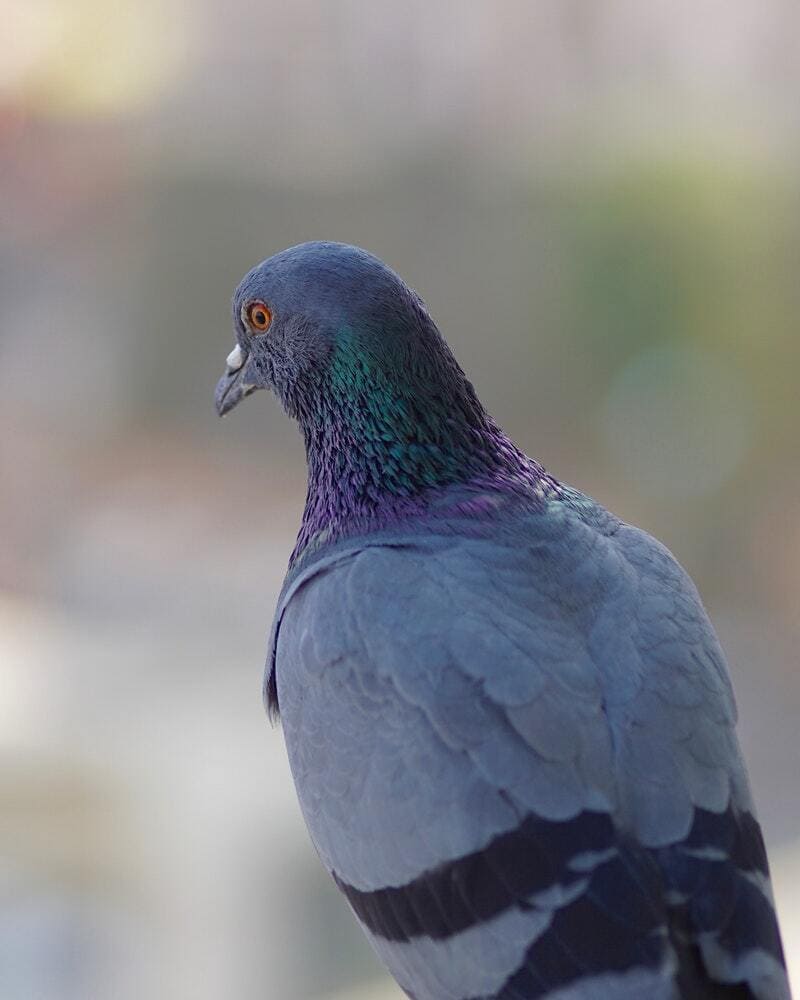
Rock pigeons are a type of bird that is commonly found in towns all across North America. They are known for their distinctive cooing sound and are included in the birds that sound like owls. Although they are not actually related to owls, this similarity in sound has made them a popular target for bird watchers and ornithologists.
Rock pigeons are relatively small birds, with a body length of around 30cm. They have grey plumage and a white band on their wing, which is thought to be used as a signal to other birds. Their cooing sound is generated by an organ located in their throat and is used to communicate with other birds in their flock.
In addition to cooing, rock pigeons also make a variety of other sounds, including clucking, chirping, and whistling. These sounds are thought to be used for territorial purposes or to attract mates. Regardless of the purpose, the unique sounds of the rock pigeon are sure to delight any bird lover.
6. Band-tailed Pigeon
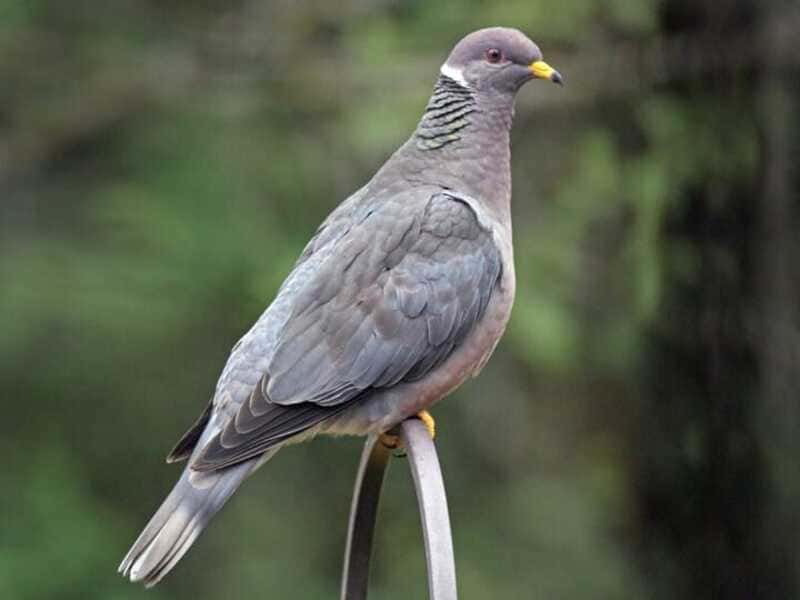
The Band-tailed Pigeon is a medium-sized bird that is closely related to the Rock Pigeon. They are native to North and South America and are generally found in wooded areas. One of the most interesting things about this bird is the sound it produces, which is similar to the call of owls. This has led to some confusion among birders, as they may mistake the Band-tailed Pigeon for an owl.
However, there are some key differences between the two birds. For instance, the Band-tailed Pigeon has a pointed tail, while owls have a more rounded tail. In addition, the Band-tailed Pigeon is active during the day, while owls are nocturnal. As a result, careful listening and observation are necessary to correctly identify the birds.
7. Common Nighthawk
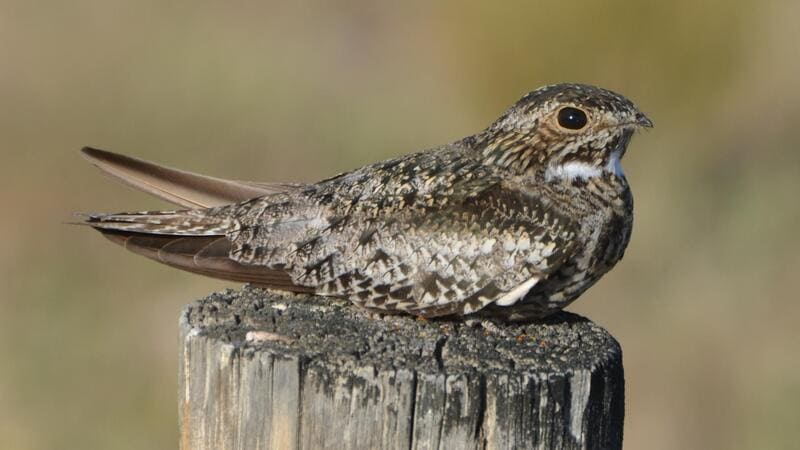
The Common Nighthawk is a bird that is found throughout North and South America. These birds are most active at night, which is why they are sometimes also known as nightjars. One of the most curious things about Common Nighthawks is the sound they make. To many people, the sound of a Common Nighthawk sounds very similar to the call of an owl which is why owls are often mistaken for these birds.
However, there are some key differences between the two calls. The main difference is that the call of a Common Nighthawk is a repetitive trill, while the call of an owl is a series of hoots. Despite this difference, the resemblance between the two calls is uncanny.
8. Steller’s Jay
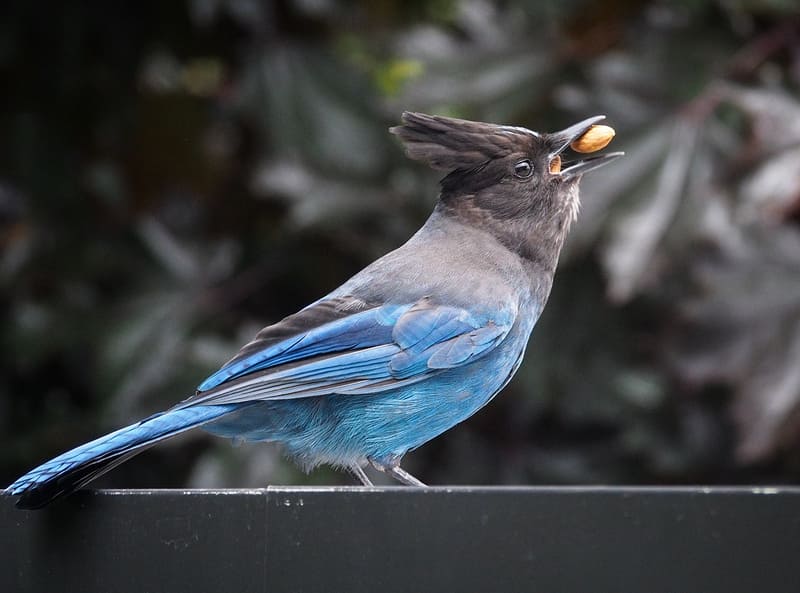
Though they are not owls, some birds can produce sounds that are remarkably similar to the calls of these nocturnal predators. One such bird is the Steller’s Jay, a member of the crow family found in western North America. These birds are known for their loud, harsh calls, which some people say sound like an owl hooting. In fact, the Steller’s Jay is sometimes called the “mountain owl.”
However, the call of the Steller’s Jay is actually quite different from the call of an owl. Owls produce a “tu-whit tu-whoo” sound, while the Steller’s Jay gives a raucous “jay-jay-jay” call. Despite this difference, the similarity in sound is enough to fool many people. So, if you hear an “owl” in the daytime, it just might be a Steller’s Jay!
9. Chuck-Will’s-Widow
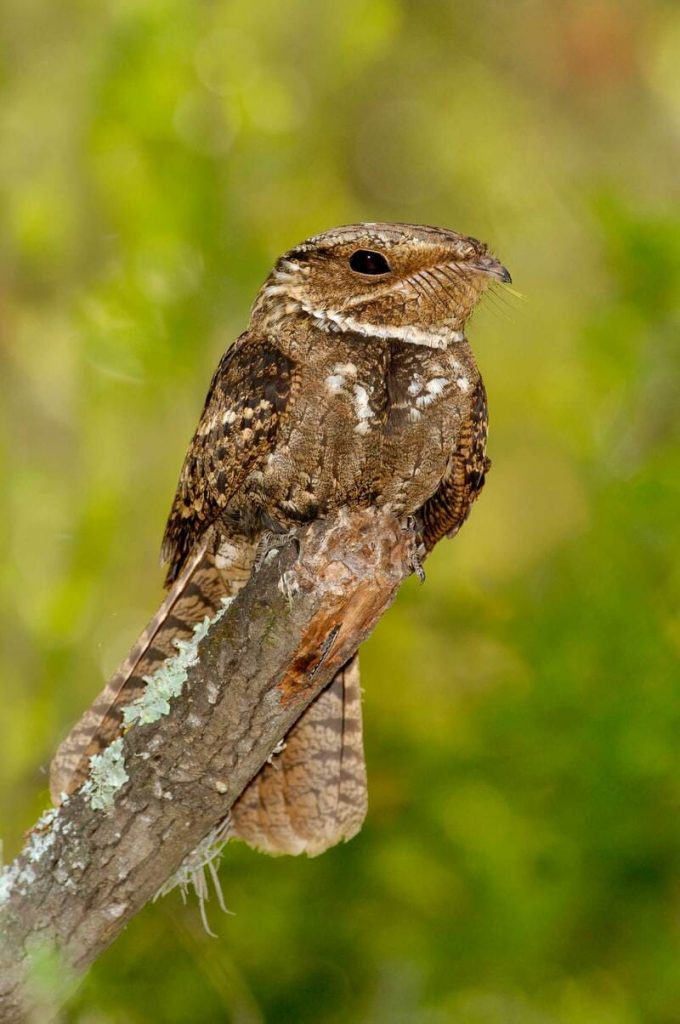
The Chuck-Will’s-Widow is one of the birds that sound like owls. These birds are found in North and South America, and they are known for their nocturnal habits. The Chuck-Will’s-Widow gets its name from the male’s characteristic call, which sounds like “chuck-will’s-widow.”
These birds are also known for their Courtship Calls, which are a series of loud, booming calls that the male makes to attract a mate. Although the Chuck-Will’s-Widow is not an owl, these birds are often mistaken for owls because of their similar calls.
10. Tawny Frogmouth
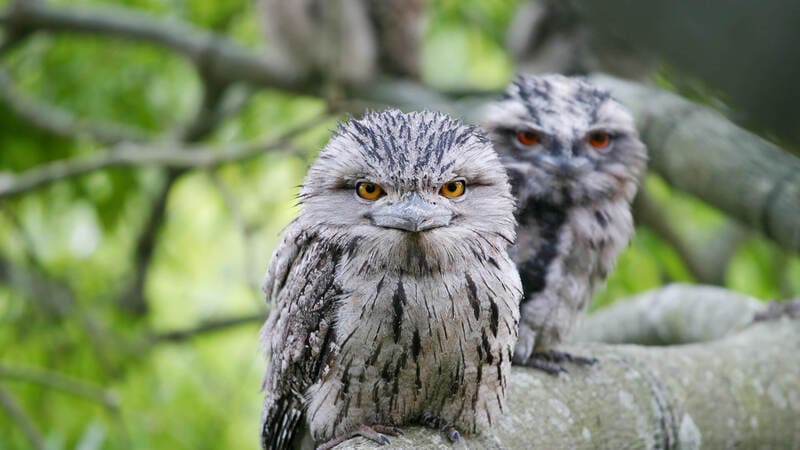
The Tawny Frogmouth is a bird that is found in Australia and is often mistaken for an owl due to its calls. While most birds have different songs for different occasions, the Tawny Frogmouth only has two: a mating call and a distress call. The mating call is a low, repetitive hooting sound, while the distress call is a high-pitched scream. These calls are so similar to those of owls that even experienced birdwatchers have trouble telling them apart.
In fact, the Tawny Frogmouth is sometimes called the “false owl” because of this resemblance. However, there are some key differences between these birds. For one, the Tawny Frogmouth is active during the day, while owls are mostly nocturnal.
Additionally, the Tawny Frogmouth perches upright like a chicken, while owls tend to sit more horizontally. Despite these differences, the similarity in calls makes the Tawny Frogmouth one of the most interesting birds in Australia.
11. Wilson’s Snipe
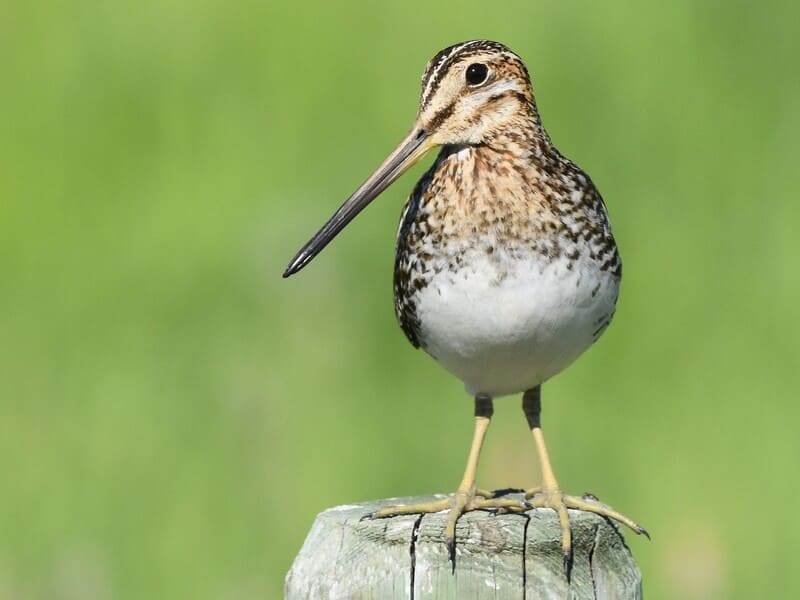
Wilson’s Snipe is a type of bird that is known for the strange sounds it produces that are similar to the sounds made by owls. The bird gets its name from the way it often flies in a zigzag pattern, which is similar to the way a snipe hunts for its prey. The Wilson’s Snipe is a shy bird that is most active at night, which may be one of the reasons why it is so seldom seen.
However, those who have heard the strange sounds it produces say that it is an eerie and unforgettable experience. While Wilson’s Snipe is not an owl, it is fascinating to think about how such a small bird can produce such hauntingly beautiful sounds.
Frequently Asked Questions about Birds that sound like owls but aren’t
Here we have answered some of the most frequently asked questions about the birds that sound like owls but are not owls. We are sure after reading these questions, all your queries will be resolved.
What Does It Mean To Hear An Owl?
To most people, hearing an owl is synonymous with feeling a certain level of creepiness. After all, these birds are often associated with darkness and mystery. For many cultures, owls are also seen as omens of bad news. However, there is more to these birds than meets the eye. In fact, hearing an owl can actually be a very positive experience.
In many cultures, owls are seen as symbols of wisdom and knowledge. They are also often associated with good luck. So, if you’re ever lucky enough to hear one of these birds, take it as a sign that good things are on the horizon. Who knows? You might just be wiser for it.
What Owl Hoots 3 Times?
There are a number of birds that sound like owls, but the most common is the barred owl. The barred owl gets its name from the horizontally-striped pattern on its chest, and it is one of the most vocal birds in North America. The barred owl is known for its distinctive “hoo-hoo-hoo” call, which can be heard at any time of day or night.
In addition to the barred owl, other birds that hoot three times include the great horned owl and the Eastern screech owl. While these birds may not sound exactly like an owl, they all share a similar call that is sure to strike fear into the heart of any unsuspecting listener.
Is Nightjar The Same Thing As Owl?
No, Nightjar and owls are two different creatures. Although they have many similar characteristics but have many differences as well. The major difference is that owls are called the raptors as they catch prey in their talons while the nightjars catch their prey with their small beak.
Conclusion
To sum up, there are more than 10 types of birds that sound like owls but have different appearances and features. Next time, if you hear an owl’s call, make sure to observe the bird closely as there is a possibility that it might not an actual owl. Keep in my the points given in this article to identify the birds in the future.
Interesting articles:


